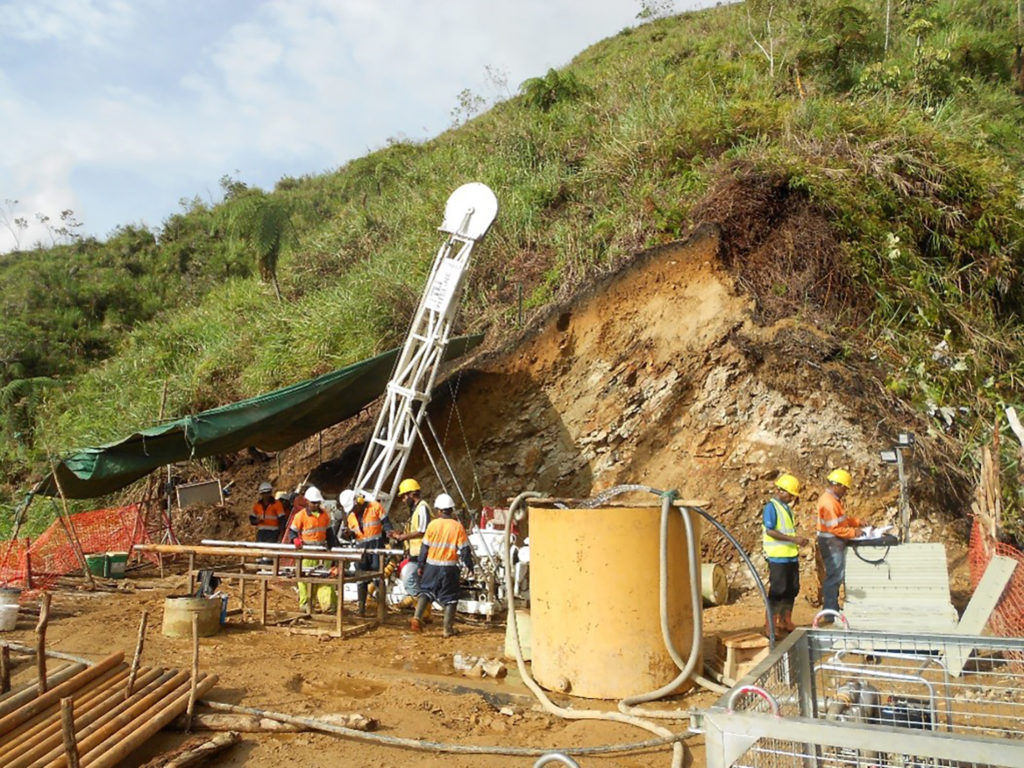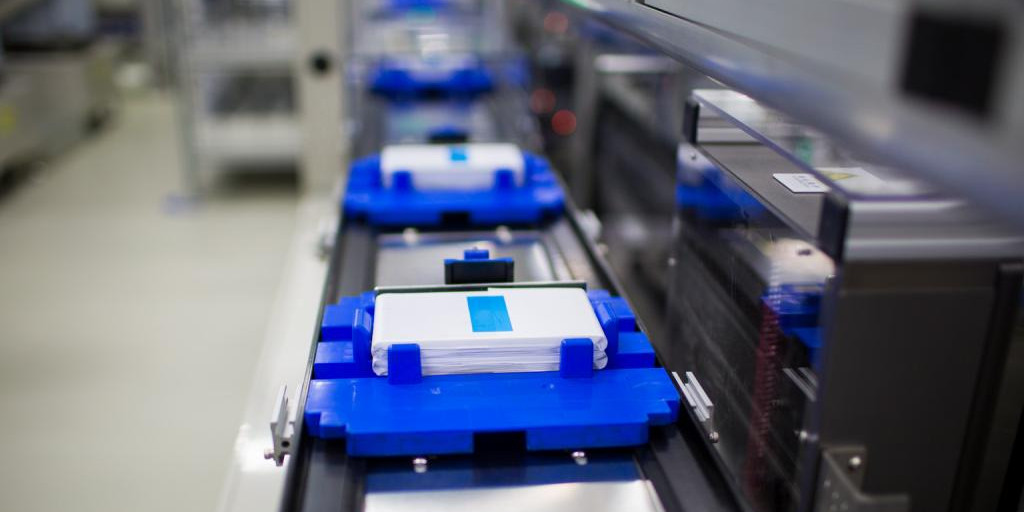Freeport Resources awarded licence renewal for Yandera copper project in PNG

Freeport Resources (TSXV: FRI) announced Monday it has been awarded a renewal of the exploration licence covering the 245.5 sq. km. tenement of its flagship Yandera copper project in Papua New Guinea.
The renewal would allow Freeport to commence work on a definitive feasibility study for what it calls one of the world’s largest undeveloped copper resources. A final investment decision is expected to follow.
At the same time, the company said will also accelerate ongoing discussions with key international strategic investors and prospective partners for development of the Yandera project.
“This is a major milestone for the company. More than $200 million has been expended on the project since 2005, culminating in a comprehensive 2017 pre-feasibility study delineating one of the world’s largest undeveloped copper resources,” Freeport’s SVP of operations Dr. Nathan Chutas, said in a news release.
PNG copper asset
Located 95 km southwest of the city of Madan in the foothills of the Bismarck Mountain Range, the Yandera copper project is found within the same geological arc as some of the world’s largest copper-gold deposits, including Grasberg, Frieda River, Porgera, Lihir, Wafi-Golpu and Kainantu.
The Yandera project area was the subject of intensive, drill-based exploration programs during the late 1960s and 1970s by a number of companies.
The historic activity, which included 102 diamond drill holes totaling over 33,000 metres, culminated in the preparation of a mining study by BHP, identifying Yandera as containing one of the largest undeveloped porphyry copper systems in the world.
Era Resources, its former owner, spent over $100 million and drilled another 471 holes totaling over 144,000 metres. It was subsequently acquired privately held company, which in 2021 was taken over by Freeport.
The 2017 prefeasibility study prepared by Worley Parsons estimated a historical open-pit, measured and indicated resource of 728 million tonnes grading 0.39% copper equivalent, equating to 6.2 billion pounds of copper equivalent.
The resource area has a known 5-km strike length within a 17-km trend with limited tests at depth. This, according to Freeport, represents “tremendous exploration potential” for expansion.
{{ commodity.name }}
{{ post.title }}
{{ post.date }}

Comments